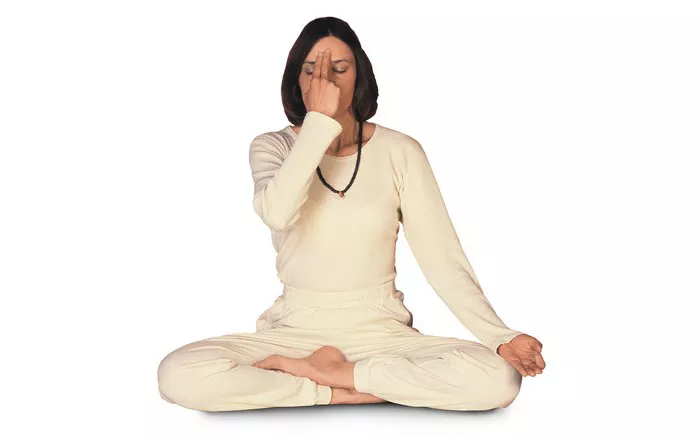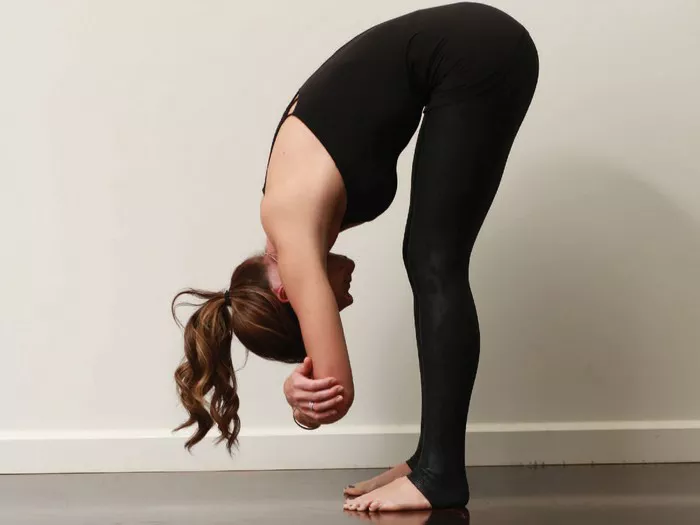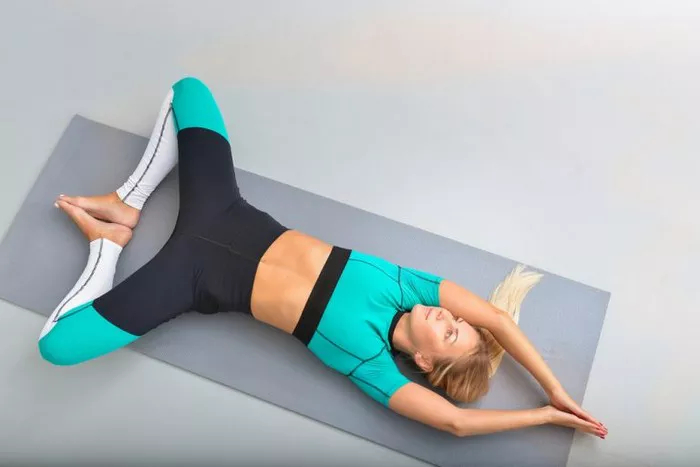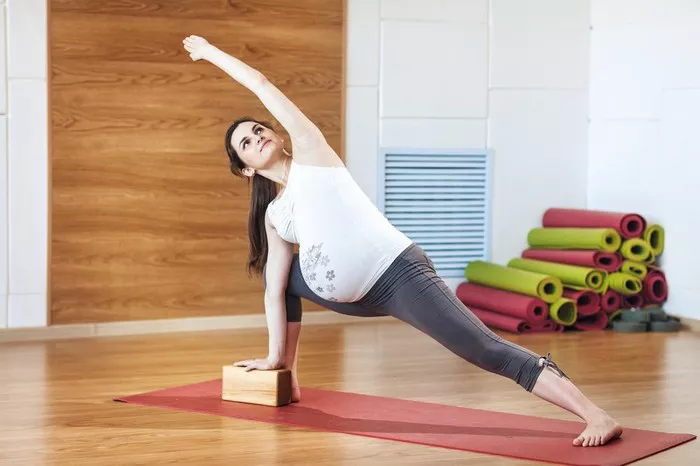Asthma is a chronic respiratory condition that affects millions of people worldwide, causing difficulty in breathing, wheezing, coughing, and chest tightness. While medical treatments such as inhalers and medications are commonly used to manage asthma symptoms, complementary therapies like yoga have gained recognition for their potential to improve respiratory function and overall well-being.
Among the various yoga techniques, pranayama, or breath control exercises, hold particular promise for asthma patients. Pranayama involves conscious manipulation of breath to regulate and enhance respiratory function, making it a valuable adjunct therapy for managing asthma symptoms. In this article, we will explore four specific pranayamas tailored to asthma patients, discussing their techniques, benefits, and precautions.
1. Sama Vritti Pranayama (Equal Breathing)
Sama Vritti, also known as Equal Breathing, is a foundational pranayama technique that focuses on achieving balance and harmony in breathing patterns. This practice involves inhaling and exhaling for an equal duration, promoting calmness and relaxation while improving respiratory efficiency.
Technique:
1. Find a comfortable seated position with your spine straight and shoulders relaxed.
2. Close your eyes and take a few deep breaths to center yourself.
3. Inhale slowly and steadily through your nose for a count of four.
4. Exhale smoothly and evenly through your nose for the same count of four.
5. Continue this rhythmic breathing pattern, maintaining equal duration for inhalation and exhalation.
6. Gradually increase the breath count as you become more comfortable, but ensure that inhalation and exhalation remain equal.
Benefits:
- Enhances lung capacity and oxygenation.
- Calms the nervous system and reduces stress.
- Improves focus and mental clarity.
- Helps regulate breathing patterns, reducing asthma triggers.
Precautions:
- Practice with awareness and avoid straining the breath.
- If dizziness or discomfort arises, return to natural breathing and consult a healthcare professional.
- Modify the breath count according to individual comfort and capacity.
2. Bhramari Pranayama (Humming Bee Breath)
Bhramari Pranayama, named after the buzzing sound resembling a humming bee produced during exhalation, is renowned for its calming and soothing effects on the nervous system. This practice helps alleviate stress, anxiety, and respiratory ailments like asthma by promoting relaxation and enhancing airflow.
Technique:
1. Sit comfortably with your back straight and shoulders relaxed.
2. Close your eyes and take a few deep breaths to settle into the present moment.
3. Place your index fingers on the cartilage between your cheeks and ears, lightly pressing to close the ear openings.
4. Inhale deeply through your nose.
5. Exhale slowly and steadily while making a gentle humming sound, allowing the vibration to resonate throughout your head and chest.
6. Focus on the sensation and sound of the humming, allowing it to envelop you in tranquility.
7. Repeat this process for several rounds, maintaining a smooth and steady rhythm.
Benefits:
- Relieves stress, anxiety, and tension.
- Clears the mind and promotes mental clarity.
- Stimulates the parasympathetic nervous system, inducing relaxation.
- Improves respiratory function and alleviates asthma symptoms.
Precautions:
- Ensure gentle and comfortable exhalation, avoiding forceful or strained humming.
- If discomfort arises, release the pressure on the ear cartilage and return to natural breathing.
- Practice with mindfulness and observe any sensations or reactions during and after the exercise.
3. Anulom Vilom Pranayama (Alternate Nostril Breathing)
Anulom Vilom, also known as Alternate Nostril Breathing, is a powerful pranayama technique that balances the flow of energy and oxygen between the two nostrils. This practice purifies the respiratory system, calms the mind, and enhances overall respiratory efficiency, making it beneficial for asthma patients.
Technique:
1. Sit in a comfortable position with your spine erect and shoulders relaxed.
2. Close your right nostril with your right thumb and inhale deeply through your left nostril.
3. Close your left nostril with your ring finger and exhale completely through your right nostril.
4. Inhale deeply through your right nostril while keeping your left nostril closed.
5. Close your right nostril again and exhale through your left nostril.
6. Continue this alternate nostril breathing pattern, ensuring smooth and controlled breaths.
7. Maintain a steady rhythm and equal duration for inhalation and exhalation through each nostril.
Benefits:
- Clears nasal passages and enhances respiratory function.
- Balances the flow of energy and oxygen in the body.
- Calms the mind and reduces stress and anxiety.
- Strengthens lung capacity and improves oxygenation.
Precautions:
- Practice with gentle and deliberate breaths, avoiding forceful or rapid breathing.
- If discomfort or dizziness arises, return to natural breathing and rest before resuming the practice.
- Gradually increase the duration and intensity of the practice as you become more comfortable and proficient.
4. Ujjayi Pranayama (Victorious Breath)
Ujjayi Pranayama, commonly known as Victorious Breath or Ocean Breath, is characterized by the audible sound produced during inhalation and exhalation, resembling the ocean waves. This technique promotes mindfulness, concentration, and relaxation while enhancing respiratory capacity and efficiency.
Technique:
1. Sit comfortably with your spine straight and shoulders relaxed.
2. Close your eyes and take a few deep breaths to center yourself.
3. Inhale deeply through your nose while slightly constricting the back of your throat, creating a soft hissing sound.
4. Exhale slowly and audibly through your nose, maintaining the constriction in the throat to produce a similar sound.
5. Focus on the sound and sensation of the breath, allowing it to anchor your awareness in the present moment.
6. Continue this Ujjayi breathing pattern for several rounds, ensuring smooth and controlled breaths.
Benefits:
- Enhances concentration, focus, and mindfulness.
- Regulates breathing patterns and calms the nervous system.
- Increases lung capacity and oxygen uptake.
- Alleviates asthma symptoms and improves respiratory function.
Precautions:
- Practice with awareness and avoid strain or tension in the throat.
- If discomfort or irritation arises, release the constriction slightly or return to natural breathing.
- Maintain a relaxed and steady rhythm throughout the practice, adjusting the intensity as needed.
Conclusion
Pranayama offers asthma patients a natural and effective way to manage their condition by improving respiratory function, reducing stress, and enhancing overall well-being. Incorporating these four pranayamas—Sama Vritti, Bhramari, Anulom Vilom, and Ujjayi—into a regular yoga practice can provide significant relief from asthma symptoms while promoting holistic health and vitality. However, it’s essential to practice with mindfulness, patience, and respect for individual limitations, seeking guidance from a qualified yoga instructor or healthcare professional as needed. With dedication and consistency, pranayama can become a valuable tool for asthma management, empowering individuals to breathe easier and live life to the fullest.

















